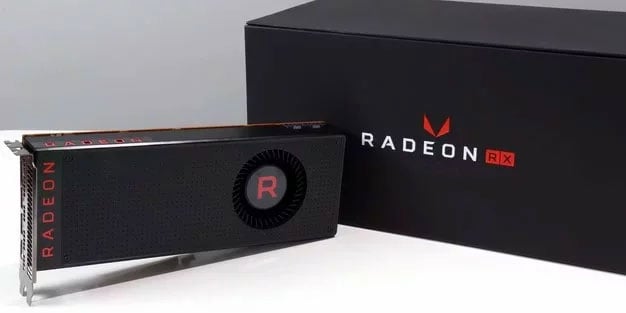AMD CEO Su Claims Navi Radeon GPUs Will Challenge NVIDIA High-End Turing In 2019

AMD is investing heavily into 7-nanometer manufacturing technology, both for its CPUs and GPUs, only one of which currently competes at the high end of the market. That would be AMD's processor family, and specifically its Ryzen, Threadripper, and Epyc chips. What about graphics? AMD has mostly focused on the mid-range and low-end sectors with several refreshes to its Polaris GPU architecture, but is not willing to concede the high-end market to NVIDIA.
"We believe, we will be very competitive overall and that includes the high-end of the GPU market. Obviously there are new products out there from our competition. We will have our set of new products as well and we will be right there in the mix," AMD CEO Dr. Lisa Su said at the 22nd Annual Credit Suisse Technology, Media, and Telecom Conference.
Dr. Su essentially doubled down on comments she made to Barron's in October. She noted at the time that AMD plans to be "competitive in high-end graphics," and that the company is "building a solid long-term foundation." The focus on 7nm manufacturing is part of that foundation for AMD's longer-term goals.
Looking ahead, AMD's graphics roadmap points to Navi being its next big GPU release. Rumors are kind of all over the map on Navi—some suggest it will be another mid-range GPU, albeit a powerful mainstream part. However, Dr. Lisa Su's comments hint at Navi competing with NVIDIA's Turing GPU.
If not Navi, AMD could take aim at the high-end of the market with its replacement, a 7nm+ part codenamed Arcturus. It's really just a guessing game at the moment, because Dr. Lisa Su didn't get into specifics.
She did touch on ray tracing, though, acknowledging that it's out there and that it's "an important technology."
"As it relates to ray tracing in particular I think it’s an important technology, but as with all important technologies it takes time to really have the ecosystem adopt [it]. And we’re working very closely with the ecosystem on both hardware and software solutions and expect that ray tracing will be an important element especially as it gets more into the mainstream, frankly, of the market," Dr. Lisa Su added.
Real-time ray tracing is the standout feature of NVIDIA's Turing GPU, but it's certainly not mainstream yet—NVIDIA's RTX cards range in price from $499 (GeForce RTX 2070) to $2,500 (Titan RTX). And on the software side, there isn't much out there that utilizes Microsoft's DirectX Raytracing (DXR) API. That will change in time.
It will be interesting to see how everything plays out on AMD's end, especially after the departure of former Radeon Technologies Group boss Raja Koduri, who joined Intel to lead its own foray into discrete graphics.

